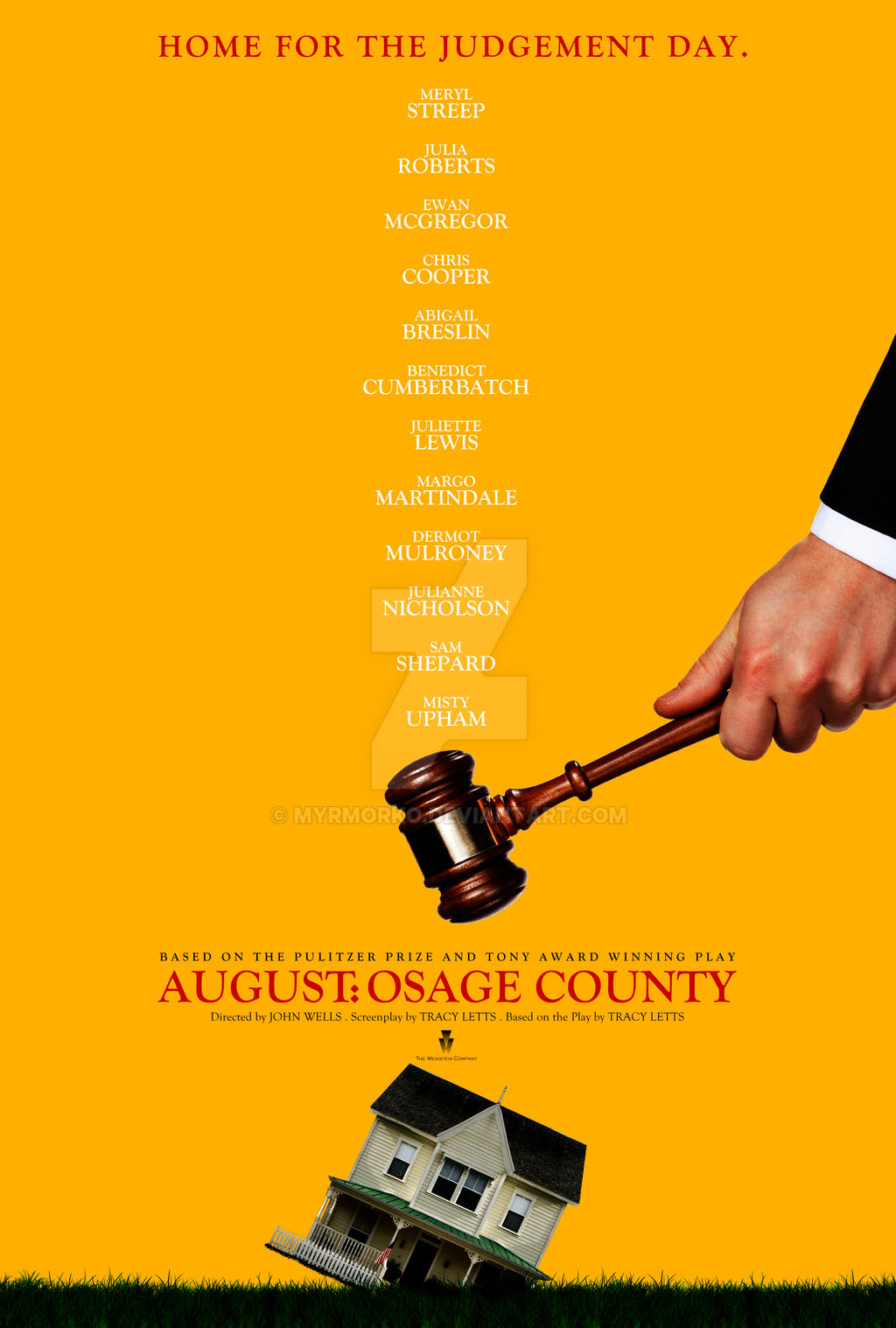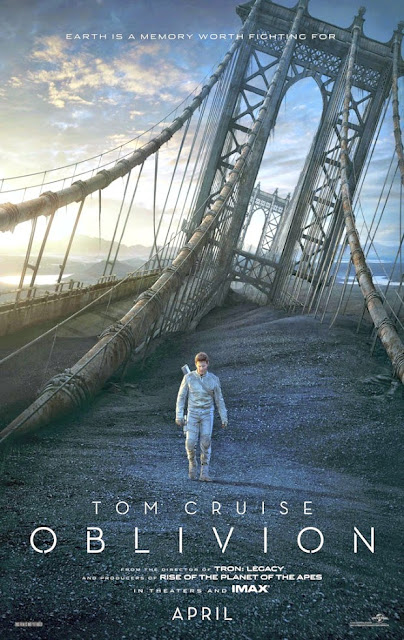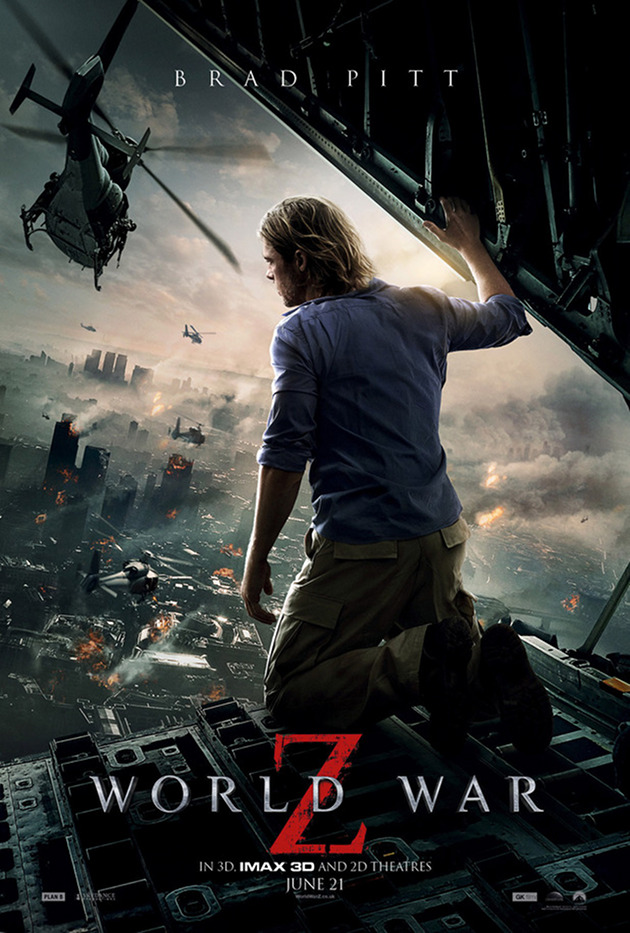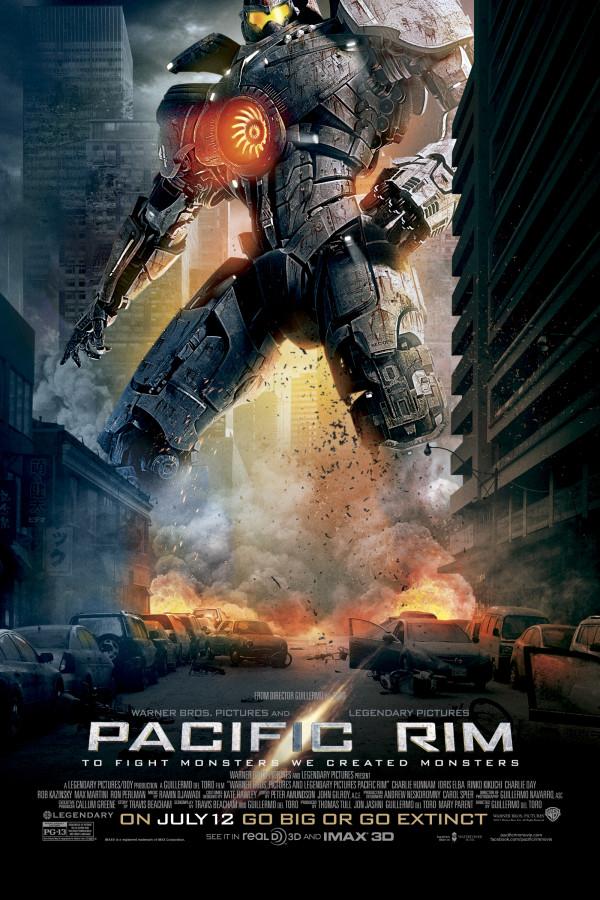
2013 was a great year for both fiction and true stories alike. From the successful (finally) return of Superman to an inspiration for the Black Lives Matter movement to the last good Star Trek film to the emancipation of a free African-American man forced into slavery, movie theaters provided amazing spectacle and thought-provoking gravitas in 2013.
15. Before Midnight
Before Midnight is the final movie in writer/director Richard Linklater's trilogy about the 18-year relationship between Jesse and Celine. The first film in the series, Before Sunrise, explores the pair's first night together when Jesse, an American, meets Celine, a French student, on a train in Budapest and convinces her to stroll around Vienna with him until he catches his flight back to the U.S. the following morning. Though they admit to a mutual attraction, Jesse and Celine agree to reunite in Vienna in six months' time instead of exchanging contact info.
The follow-up, Before Sunset, covers Jesse and Celine's "accidental" reunion in Paris nine years later. Though Celine (now in a relationship) failed to show up to the planned meeting with Jesse (now married and an author -- he wrote a best-selling book about his night with Celine) in Vienna years earlier, she'd attended his book-signing hoping to see him again. Once again, they decide to walk and talk before Jesse has to catch a flight back to the states. The movie ends with Celine performing a song (a song she wrote about her night with Jesse) for Jesse in her apartment.
The follow-up, Before Sunset, covers Jesse and Celine's "accidental" reunion in Paris nine years later. Though Celine (now in a relationship) failed to show up to the planned meeting with Jesse (now married and an author -- he wrote a best-selling book about his night with Celine) in Vienna years earlier, she'd attended his book-signing hoping to see him again. Once again, they decide to walk and talk before Jesse has to catch a flight back to the states. The movie ends with Celine performing a song (a song she wrote about her night with Jesse) for Jesse in her apartment.
Before Midnight picks up after another nine years with Jesse and Celine now the married parents of twins. Over the course of an evening, the couple discuss their now strained relationship, including Celine's declaration that she's no longer in love with Jesse and his reiteration of his feelings for her.
14. The Rise of Technovore
13. Rush
Solo might be the Ron Howard movie to sell the most tickets but Rush is his best. Based on the real-life rivalry between Formula One drivers James Hunt and Niki Lauda, Rush explores the fierce competition between the two throughout the 1970s.
12. August: Osage County


The reunion allows the pill-addicted Violet to subject the tribe (and her newly hired housekeeper Johnna) to her well-practiced emotional abuse and it becomes clear why the family and its members are dysfunctional. The new widow is in rare form exposing secrets and playing on insecurities at the post-funeral dinner. Eldest daughter Barbara is pushed so far that she physically attacks her.
9. 2 Guns

2013 cinema had a pretty bleak outlook. And while 2 Guns had a sizable body count, this story about a DEA agent and a U.S. Navy Petty Officer's infiltration of a Mexican drug cartel successfully blended the otherwise heavy subject matter with a surprising number of laughs.

8. The Desolation of Smaug
Like its predecessor, The Hobbit, The Desolation of Smaug isn't that great until the dragon shows up -- but when he (the best cinematic depiction of a dragon in history, by the way) does show up the entire movie gets lit and doesn't let up until the credits roll. Desolation is the middle of the Hobbit trilogy (the prequels to The Lord of the Rings trilogy) and fulfills the previous movie's teases of the fire-breathing monster (only Smaug's feet and left eye were visible in The Hobbit).
7. The Purge

America is rapidly decriminalizing the use of marijuana. The Purge examines how in the not-too-distant future, the country takes the same approach with violent crime -- for one night a year.
America is rapidly decriminalizing the use of marijuana. The Purge examines how in the not-too-distant future, the country takes the same approach with violent crime -- for one night a year.
6. Oblivion


Unlike in most alien invasion movies, Oblivion begins with the war already won -- but at the cost of the planet. I can't say much more without spoiling things for those who haven't seen it. Just know that Jack Harper and his partner Vika Olsen are the last two people on the ruined Earth of 2077.
5. World War Z


World War Z is completely unlike the book on which it's based. The book is more of a detached, unemotional log of the events leading up to, and transpiring during, a zombie holocaust. The film is a harrowing story of one man's globe-trotting attempt to keep his family safe by helping scientists to solve the mystery of worst plague in human history. You will not believe your eyes when you see the course of action he decides to take during an airline flight -- think Die Hard. And oh yeah, these zombies can run -- fast.
4. Pacific Rim

It's revealed that the Kaiju originated in an alternate dimension and make their way into ours via an inter-dimensional doorway, called "the Breach", located on the floor of the Pacific Ocean. Besides San Francisco, the initial attacks are directed at Sydney, Hong Kong and Manila.
Realizing that campaigns against the creatures using conventional weaponry are too costly, an alliance of world governments institutes a program in which enormous robots are constructed to battle the Kaiju. Each robot, called Jaegers, is nuclear-powered and operated by at least two pilots who control its movements from the inside.
Scientists studying the Kaiju discover that the monsters' rampages are prompted by aliens from the dimension connected to ours via the Breach. The aliens, intent on invading the planet have been using the Kaiju as an early strike force.

Pacific Rim details the world's military response upon learning that a lone Kaiju (monster) that blazed a path of destruction through San Francisco was only the tip of the spear.
It's revealed that the Kaiju originated in an alternate dimension and make their way into ours via an inter-dimensional doorway, called "the Breach", located on the floor of the Pacific Ocean. Besides San Francisco, the initial attacks are directed at Sydney, Hong Kong and Manila.
Realizing that campaigns against the creatures using conventional weaponry are too costly, an alliance of world governments institutes a program in which enormous robots are constructed to battle the Kaiju. Each robot, called Jaegers, is nuclear-powered and operated by at least two pilots who control its movements from the inside.
Scientists studying the Kaiju discover that the monsters' rampages are prompted by aliens from the dimension connected to ours via the Breach. The aliens, intent on invading the planet have been using the Kaiju as an early strike force.
3. Man of Steel


When I think about this movie, my initial thoughts are: "The first 50 minutes or so are great, but the rest is just average." The thing is, I was snowed in for three days a couple of years ago and I watched Man of Steel over and over again -- from start to finish -- and never got sick of any of it. True story. The first third represents greatness -- for cinema, for comic book cinema, and especially for Superman. But, the rest is not merely average. It's just not the same caliber as the beginning. It suffers by comparison. The greatness lies in the retelling of his origin -- much like Batman Begins raised the Caped Crusader to new artistic heights. No Superman movie -- bar none -- introduces him anywhere near in as compelling a fashion or looks better.
While it's not perfect, this is the best solo Superman movie in almost every way. The one exception -- Terrance Stamp. But only Terrance Stamp. The uniform his General Zod wore in Superman II would (or at least should) be laughed off the screen these days. His lieutenants are better now too -- Faora and whatever the big guy's name is (Non, I guess). Marlon Brando's immeasurable talent can't be denied, but his Jor-El was not missed. And as crazy as it sounds, neither was John Williams' score.
You know what would've been nice? If that stuff at the end with Clark wearing a big, stupid grin while working at the Daily Planet were a deleted scene. The beginning of the movie gave the impression that not being hokey was it's mission -- and then that shit. At least there was no Jimmy Olsen.
2. Into Darkness
Contrary to popular misconception, Into Darkness is not a remake of The Wrath of Khan. Yes, both films feature Khan, but the two depictions are markedly different. So different, in fact, that neither is inferior to the other.
While Khan features heavily in Darkness, he acts alone without the support of his cadre of genetically-engineered acolytes, and because he and Kirk have no history, he is not driven by a pathological obsession to murder the good Captain. What's more, Khan is not the main villain this time around. Nor is there any mention of Ceti Alpha V nor VI.
The Wrath of Khan is essentially about time. Now-Admiral Kirk is struggling with coming to grips with getting older -- he feels that his time is running out. And his past catches up with him, in more ways than one: an old enemy resurfaces (Khan); he meets the son he never knew for the first time (a grown man who hates him); and he's confronted by said son's mother, Dr. Carol Marcus (literally, Kirk's baby mama).
Spock's sacrifice and its effect on Kirk in The Wrath of Khan achieve a poignancy unmatched in Darkness' role reversal imitation. However, one scene does not trump an entire film.
Darkness, however, is not without its faults. Future-Spock's presence in this film was jarringly out of place. And if Captain Kirk had to die, he shouldn't have been resurrected until the next film -- at the very earliest. Mr. Scott's new court jester persona is still annoying. He's become the Jar Jar Binks of Star Trek (not to mention Mission: Impossible). Khan could have benefited from more muscle mass, but that last one is just quibbling.
While Khan features heavily in Darkness, he acts alone without the support of his cadre of genetically-engineered acolytes, and because he and Kirk have no history, he is not driven by a pathological obsession to murder the good Captain. What's more, Khan is not the main villain this time around. Nor is there any mention of Ceti Alpha V nor VI.
The Wrath of Khan is essentially about time. Now-Admiral Kirk is struggling with coming to grips with getting older -- he feels that his time is running out. And his past catches up with him, in more ways than one: an old enemy resurfaces (Khan); he meets the son he never knew for the first time (a grown man who hates him); and he's confronted by said son's mother, Dr. Carol Marcus (literally, Kirk's baby mama).
Spock's sacrifice and its effect on Kirk in The Wrath of Khan achieve a poignancy unmatched in Darkness' role reversal imitation. However, one scene does not trump an entire film.
Darkness, however, is not without its faults. Future-Spock's presence in this film was jarringly out of place. And if Captain Kirk had to die, he shouldn't have been resurrected until the next film -- at the very earliest. Mr. Scott's new court jester persona is still annoying. He's become the Jar Jar Binks of Star Trek (not to mention Mission: Impossible). Khan could have benefited from more muscle mass, but that last one is just quibbling.
Otherwise, Into Darkness is superb. The best Star Trek film ever made. Yep. If you prefer one of the 80s movies or 1979's Star Trek: The Motion Picture, that's understandable. They're pretty good. However, if you put nostalgia aside for a moment and go back and watch those movies, they don't hold up in comparison to this one.

Originally Posted 9/19/21






No comments:
Post a Comment